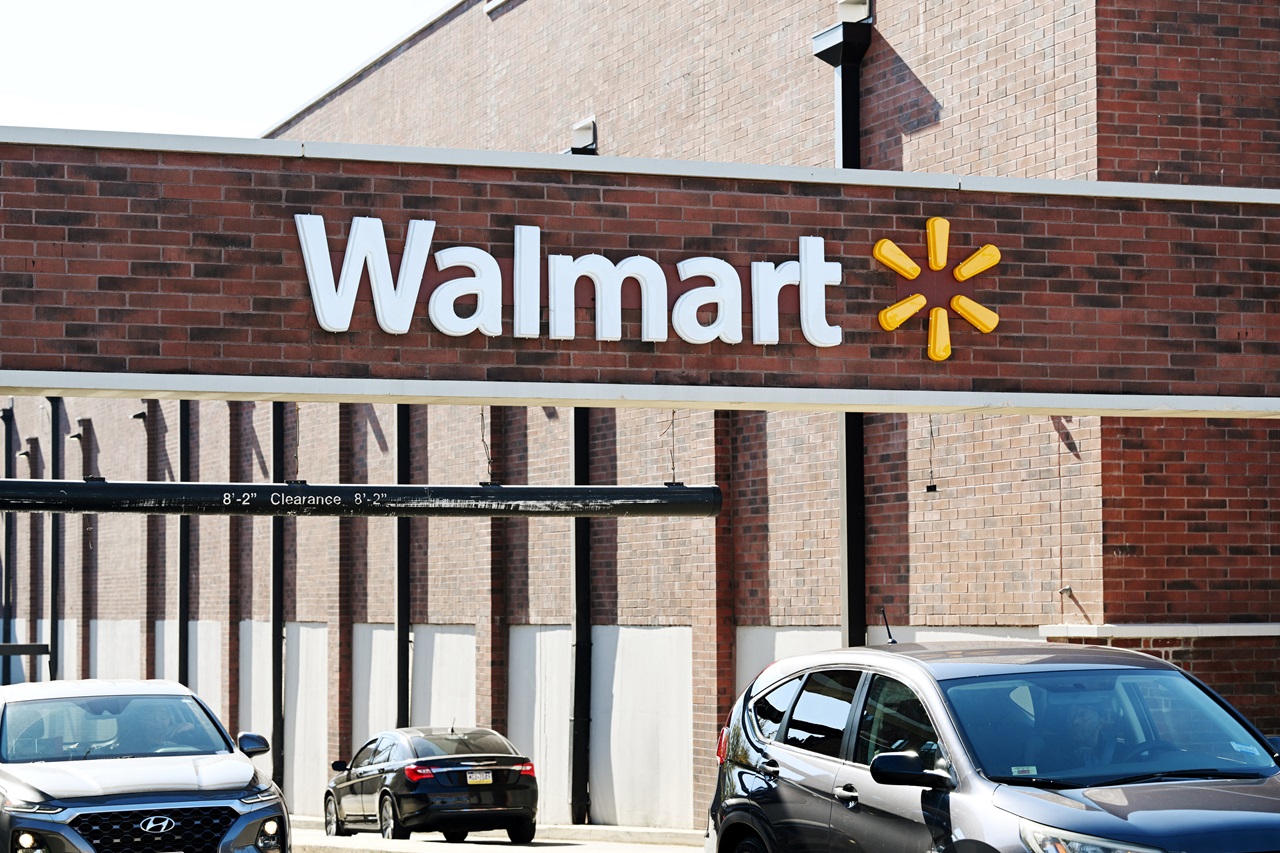
This State is Officially an Opioid Disaster Zone
Governor Tom Wolf signed a public health Statewide Disaster Declaration today, initiating a concerted effort to fight against the pernicious opioid epidemic…
The streets in Center City are marked by the hustle of young professionals with leather briefcases. In Old City, they are distinguished by the clomp-clomp-clomp of horse shoes on brick paved alleys. In Fishtown and NoLibs, by gentrifiers and hipsters and their overlap.
The streets that encompass Philadelphia’s Badlands tell a different story, a tale tainted by smack, dope, skag, dragon, skunk, caballo, or simply, “H”.
It’s a story that, over the past couple of years, journos, counselors, law enforcers, and activists have been unearthing in the hopes that awareness and education will change the narrative.
The clean-up of the Gurney Street heroin camp was a hot summer topic, amplifying Philadelphia’s notoriety for being the “biggest and cheapest heroin provider” on the East Coast for the nation to pity over.
Though well-intentioned, it hasn’t been enough.
Focusing on the aesthetically obvious detriment that drug usage has caused in neighborhoods such as Kensington has left a significant portion of Pennsylvania’s opioid addicts in the shadows. Paying attention to littered needles and homelessness has largely ignored the suburbanites hooked on prescription pain meds and the all-American boys praising the celebrity of fentanyl.
The numbers prove it.
Pennsylvania’s rate of drug overdoses is 36.5 per 100,000. To compare, the national average is 16.3 per 100,000.
The Office of Attorney General Josh Shapiro arrests about four drug dealers daily.
RELATED CONTENT
Widespread and thorough reform is crucial, and at last, Governor Tom Wolf has responded.
On January 10th 2018, from a press conference in Harrisburg and a live stream on his site, Wolf proclaimed the opioid epidemic a “statewide disaster”.
The declaration specifies thirteen key initiatives, to be primarily undertaken in collaboration with The Department of Health, The Department of Human Services, Pennsylvania State Police, Pennsylvania Emergency Management Agency, The Department of Drug and Alcohol Programs, and the Pennsylvania Commission on Crime and Delinquency.
Wolf’s proposed solution includes expanding access to the Prescription Drug Monitoring Program, make Naloxone more widely available, adding Neonatal Abstinence Syndrome as a reportable condition to the Department of Health, speeding up access to the Narcotic Treatment Program, and more.
The Mayor’s Office of Communications released a follow-up statement from Kenney:
“I commend Governor Wolf for taking this bold step. His announcement makes clear that this epidemic threatens the Commonwealth as much as any natural disaster. The crisis is particularly acute in Philadelphia: when the final tally is complete, the number of fatal drug overdoses in the City last year may reach 1,200 – a one-third increase over 2016. I look forward to working with the Governor in the coming weeks and months, along with our partners in the state legislature, to mobilize the resources and additional tools needed to address the scourge of opioids. We cannot afford to wait."
The Mayor will be joining local leaders and representatives from Guadenzia tomorrow in dedicating a new housing center for adults recovering from addiction. The Tioga Family Center will be affordable and stable, offering on-site resources such as group meetings and a childcare room for single parents and single guardians.
And now, we wait to see if this plan will, at last, make some significant and positive changes in the battle against opioid dependency.
But, if you’re tired of waiting, there are some established nonprofits in need of your service and donations. Prevention Point is one of many.











LEAVE A COMMENT:
Join the discussion! Leave a comment.